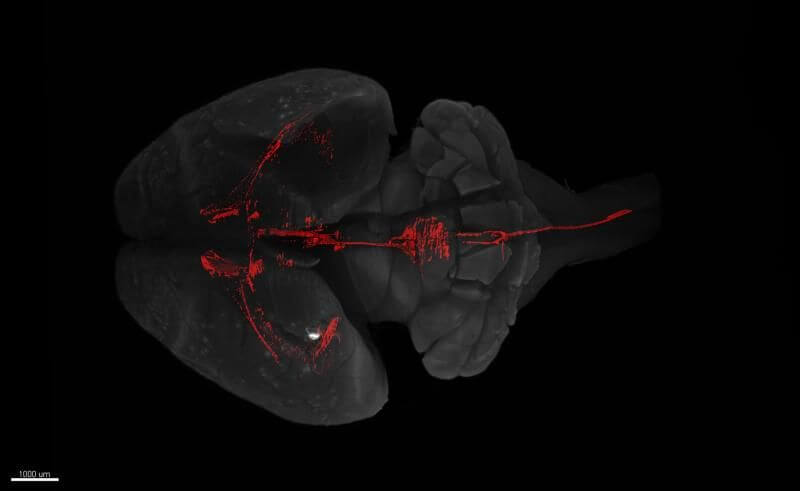LONDON — A potential new treatment for spinal cord injuries has been discovered by reviving latent stem cells, researchers reveal. A team from the Francis Crick Institute says the cells turned into neurons called astrocytes that repair the central nervous system in mice.
The breakthrough offers hope of a similar breakthrough in human paraplegic and quadriplegic patients so they can walk again.
“We hope that studying these cells will help build a more complete picture of the role different types of stem cells play in repairing damage, which could have important implications for regenerative medicine,” says corresponding author Professor Caetano Reis e Sousa in a media release.
Approximately 17,800 people in the United States suffer a spinal cord injury each year, according to estimates. Sticky scar tissue prevents recovery by acting like glue, leading to a loss of movement below the injury site.
Stem cells are the body’s master cells, capable of becoming any type of tissue or organ. In skin and intestine, for example, they are constantly active. However, “latent stem cells” lie waiting for harm to occur before jumping into action.
Prof. Sousa and his team identified a group that responds to injury in the central nervous system of mice. They are part of the ependymal cells that line the walls of compartments in the brain and spinal cord that hold cerebrospinal fluid. The team at the Francis Crick Institute in London hope a similar type of cell exists in humans, opening the door to a potential cure for traumatic brain and spinal cord injuries.
“While we don’t know if these cells exist in humans, if they do, it would be interesting to see if they also default to becoming astrocytes rather than neurons in response to damage. This might help explain why the mammalian central nervous system does not have a strong ability to repair itself after injury,” says Bruno Frederico, co-corresponding author and postdoctoral training fellow in the Immunobiology laboratory at the Crick.

The team identified the cells almost by accident
At the time, scientists were using a fluorescence tool to look for immune cells called dendritic cells in the brain.
The latent cells share a protein with dendritic cells and arise from embryonic progenitor cells. The study found they stay still and waft small hairs on their surface to help the flow of cerebrospinal fluid.
However, in injured mouse spinal cords, they respond by dividing, migrating towards the damaged area and differentiating into astrocytes — one of the major cell types of the nervous system.

The team also looked at these cells in detail in the lab and found they demonstrated key hallmarks of stem cell behavior. They divided continuously over a long period of time and were also able to differentiate into all three main cell types of the central nervous system — neurons, astrocytes, and oligodendrocytes.
“If we could find a way to overcome the barriers that are stopping the differentiation into neurons and oligodendrocytes after spinal cord injury, it could present a new avenue of therapies to treat spinal cord injuries,” Dr. Frederico adds.
Unlocking the potential of these cells could help the body produce new neurons which are responsible for receiving and sending key signals for movement after spinal injury.
“There was uncertainty over whether ependymal cells can have neural stem cell capabilities, but this study underscores their potential,” Prof. Sousa says.
The study, published in the journal Developmental Cell, offers hope for the hundreds of thousands of people worldwide who suffer a spinal cord injury each year.
Cells in some tissues and organs proliferate after damage as part of the healing process. This does not apply to the spinal cord, a key roadblock to recovery. The spinal cord is the key junction for the constant stream of electrical signals between the brain and the rest of the body. Once damaged, injuries tend to be permanent because nerve cells cannot regenerate themselves.
Communication then halts, leading to paralysis, loss of sensation, and sometimes life-threatening consequences such as an inability to control breathing or heart rate. A complete recovery from a spinal cord injury would have far reaching social and economic benefits for millions of people.
More than five million Americans are currently living with paralysis, of which 27.3 percent are due to spinal injuries.
South West News Service writer Mark Waghorn contributed to this report.


How do I volunteer to be a test subject for this?